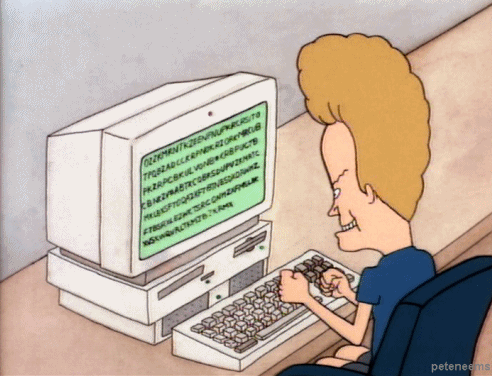Douglas Davis was interested in exploring the possibility of video and internet interactivity. He was once a writer before he started his artist career on 1960s. A few notable work from him was the satellite broadcast “The Last Night Minutes” that feature him staring out of the television trying to make connection with the viewer and trying to escape visually in the camera wall.

Another was in 1994, “The World’s First Collaborative Sentence” that involved super participation from people around the world to add their own words online. Mixture of languages are used to convey various of thoughts without using full stop that makes the sentence go on. This platform provides a gateway for people to voice up their view.

The huge difference between broadcast TV and the Web is the keyboard. With that people can say anything; they have full expressive capacity.
Similarly in the modern days, we have social media for us to voice out our views and having discussion. From their sentence, it feels like this platform became a window for them to shout out their thoughts to everybody.
When the artist involved the audience to be part of the contributor created a sense of belonging being able to participate in it. When you are involved, you feel more excited about it as it is a different experience when you are just an audience.
Wow, I was a part of the world’s first collaborative sentence!
While, getting the whole world to write this sentence making it more comprehensive with interesting narrative. You would get to know different content which while you are reading, it creates the nonsensical sequence in your mind.
However art work like this created in the pioneer days are facing a problem which was mention in the article by Melena Ryzik. Due to technical advancement digitalise artwork could no longer be working, in this case like Davis’s work. Until Whitney curators decided to rebuild and mend the broken links. This leave me thinking about the programme we are using now, we might not be using it next time. As the way we communicate, we interact and we look at things will be very different in future due to technology advancement. The art direction would be evolve as well because art revolve around the society and culture. I felt its really important that Whitney are preserving the digitalise art that the pioneers artist has done showing us how art evolve until today. Just like how we learn about videofreex to the hole in space to The World’s First Collaborative Sentence.
In conclusion, getting the audience involve can create interaction and something that can never be achieve by just one person. It is the combination of effort from different people in different culture to create this unique piece like The Worlds’s First Collaboration Sentence. Yet conservation of the pioneers’s digital art can be challenging. What we can do now to preserve our own digital art was to do good documentation and videos to convey our concept and ideas.

